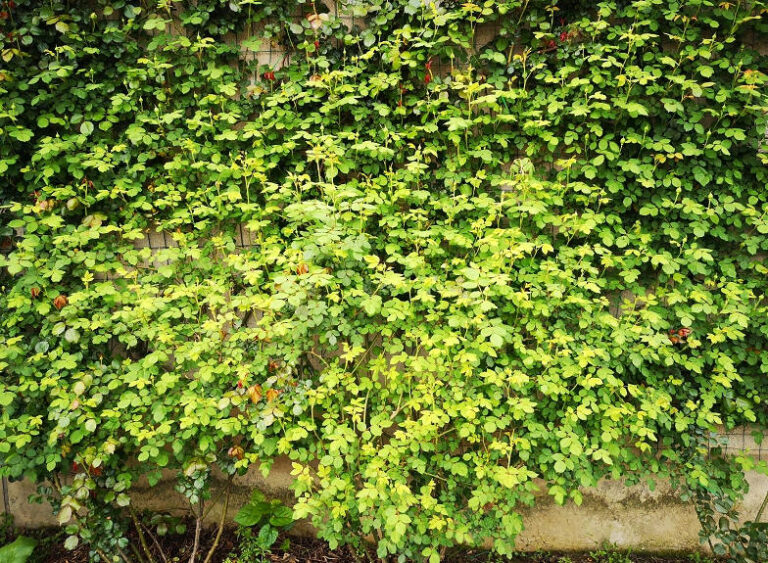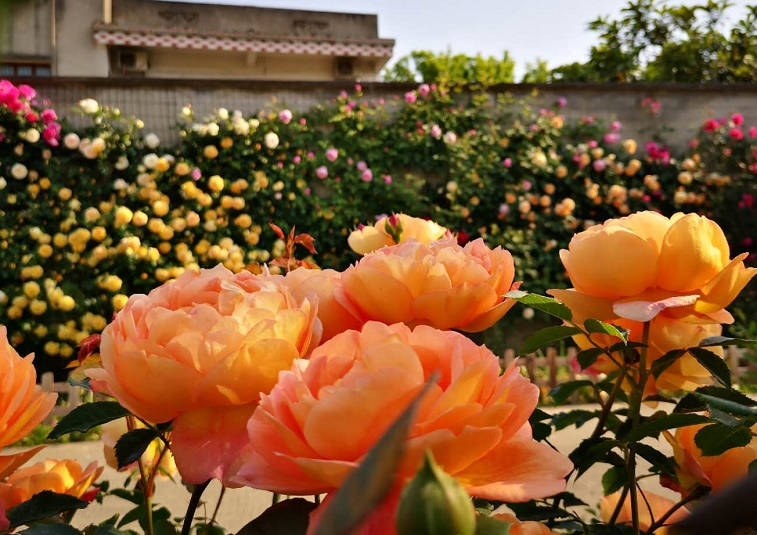Rose Cutting Tips: Avoid Black Stems & Failed Cuttings
After I recently shared my tips for transplanting young rose seedlings, I received a lot of feedback from my flower friends, “Why do my cuttings always fail? The branches are either blackened or the new shoots are wilted?” Today, I will systematically introduce the right way to take rose cuttings.

Have you also encountered such a situation: others can survive with a casual cuttings, while you carefully sterilize and use rooting powder but still failed? In fact, the success of home cuttings depends on three key elements – timing, location and harmony.
1、Timing – choosing the best time to take cuttings

Ideal Cutting Season
Climate determines the success rate of cuttings. In areas with four seasons, rose cuttings can be successful almost all year round. But for most areas, choosing the right time of year is crucial.
The best seasons for taking rose cuttings are early spring and fall. These two seasons offer the following advantages:
- Moderate temperatures
- Low disease activity
- Slow evaporation of water
- Favorable root development
Characteristics of cuttings taken in different seasons
Roses from early spring cuttings will soon face high temperatures and pests in the summer. On the other hand, autumn cuttings will enter a dormant period, which is more conducive to the development of the root system and more vigorous growth in the following spring.
In addition, cuttings from these two seasons can be transplanted in a timely manner and are easier to manage.
2、geography – choosing the right placement position
Avoid taking cuttings during the rainy season
Many cuttings fail because of improper placement, especially the problem of rain. When taking cuttings in May and June:
- Temperatures are high
- Bacteria multiply rapidly
- During the rainy season
- It is very easy to get wet and cause the branches to blacken and rot.

Light management suggestions
Recommendations for cuttings in all seasons except winter, early spring and late fall when direct sun and rain are allowed:
- Avoid direct rain
- Place in bright diffused light
- Keep the environment ventilated
- Wait for the roots to grow naturally
This type of management can significantly improve the survival rate.
3、human harmony – the correct technique of handling cuttings
Points for selecting cuttings

Selecting healthy cuttings is the first step to success:
- Prefer semi-woody cuttings that have just flowered
- Avoid over-aged cuttings
- Older cuttings are more likely to survive only in early spring and late fall.

Pruning tips
The correct pruning method has a direct impact on the survival rate:
- Keep 2-3 buds per spike.
- Limit the length to 6-8 cm
- Cut off most of the leaves
- Keep only the top 2-4 leaflets.
A small number of leaves can be used for photosynthesis, but too many can lead to excessive water evaporation.
Advice on substrate selection
Different substrates affect the rooting effect:
- Pure vermiculite or pure perlite is recommended for beginners
- In early spring and late fall, use regular rose soil.
- Do not add any fertilizer
- Fertilizers can cause blackening of the branches
Sterilization
Cuttings must be properly sterilized during the hot season:
- Soak the cuttings in a solution of carbendazim.
- Sterilize all tools used (scissors, pots, etc.)
- Water the substrate with carbendazim solution after taking cuttings
- to kill all soil germs.
This sterilization process dramatically increases the survival rate.
Suggestions for care after taking cuttings
After you have mastered the three elements of “timing, location and harmony”, rose cuttings are actually quite simple. But successfully growing seedlings requires more knowledge about care.
I have documented many years of practical experience in “The Complete Rose Care Handbook”, so if you learn this knowledge systematically, you will be able to produce robust rose plants easily. Remember, patience and care are the key qualities that make a good gardener.





